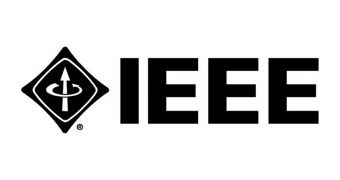Connectivity technologies have been evolving through leaps and bounds over the past years, and IEEE wants to make things go even faster by means of the IEEE 802.3 Ethernet standard.
The IEEE 802.3 Ethernet standard is the means chosen by the IEEE P802.3bj Task Force in the quest to make 100 Gb/s solutions better, more easy to implement and cheaper.
IEEE, being the “world's largest professional association advancing technology for humanity,” wants the interface to evolve as fast as possible.
The newest project aims to make 100 Gbps operations possible over backplanes and short-reach copper cable assemblies.
This will, in turn, make it possible to set up higher-density and more affordable 100 Gbps installations.
“The industry and users alike are looking for creative, forward-looking solutions that will allow them to leverage today’s technology innovations, such as 100Gb/s Ethernet,” said David Law, chair, IEEE 802.3 Working Group and distinguished engineer, HP Networking.
“As the capabilities of 100 Gb/s Ethernet are enhanced with IEEE P802.3bj, the resources, expertise and leadership that are the hallmarks of IEEE will support the continuing evolution of Ethernet to higher speeds and capabilities.”
For those who want specifics, the launch of Task Force means that members can start to define four-lane 25Gb/s electrical signaling architectures with support for 100 Gbps over five-meter copper cables and one-meter backplanes.
Modular servers and telecom networks, plus blade servers, data centers and the like will benefit most when the new specification is finalized.
“From the challenges of ever-increasing front-panel capacities to continuing advances in processors, high-performance computing, and server virtualization technologies, the ability of systems to meet spiraling bandwidth demands remains challenging,” said John D’Ambrosia, chair, IEEE P802.3bj Task Force and chief Ethernet evangelist, CTO Office, Dell.
“By expanding on the solid foundational standards work already completed, IEEE P802.3bj will provide better options for system designers to minimize or eliminate the bandwidth bottlenecks facing end-users.”

 14 DAY TRIAL //
14 DAY TRIAL //